Zipline Mungyeong (짚라인 문경)
0m 34474 2021-02-22
174, Buljeong-gil, Mungyeong-si, Gyeongsangbuk-do
+82-1588-5219
Zipline Mungyeong was built in Buljeong Recreational Forest in Mungyeong, Gyeongsangbuk-do by Zipline Korea under strict supervision and design by professional engineers after several years of overseas field survey. Visitors can enjoy the zipline regardless of weather conditions all year around. This eco-friendly activity is sure to help release stress.
Buljeong Recreational Forest (불정자연휴양림)
505.6217309838662m 23845 2017-10-25
180, Hyuyangnim-gil, Mungyeong-si, Gyeongsangbuk-do
+82-54-552-9443
The path to Buljeong Recreational Forest, lined with cherry blossom trees, is a beautiful and dense forest that offers a relaxing walk among the trees. The free forest tour from March to December offers visitors a guided tour complete with commentary. The resting area in the forest includes a forest cabin and a camping site. Built between trees, the forest cabins are either log houses or red-clay houses. 12 of the 14 houses open all year round. In addition, the nine zip line courses add more excitement to the whole forest experience.
Mungyeong Rail Bike (문경 철로자전거(레일바이크))
3.6 Km 17142 2024-02-23
155 Jinnam 1-gil, Maseong-myeon, Mungyeong-si, Gyeongsangbuk-do
In Mungyeong, a former coal mining region, railroads were initially constructed for transporting coal and people. After the mines were shut down, these railroads were abandoned. However, they have since been transformed into tracks for railbikes and miniature trains. Today, visitors can enjoy the stunning landscape while traveling along the meandering railroads that cut through the valley.
Jinnam Maeuntang (진남매운탕)
4.0 Km 24656 2024-02-26
210 Jinnam 1-gil, Maseong-myeon, Mungyeong-si, Gyeongsangbuk-do
054-552-7777
Jinnam Maeuntang is located near Jinnamgyo Bridge, the first landmark among the Eight Scenic Views of Gyeongbuk. Its signature dish megi maeuntang (spicy catfish stew) delivers a deep and rich flavor, crafted from a blend of homemade red chili paste and broth steeped in medicinal herbs. The restaurant's terrace seating also provides spectacular views of Gomosanseong Fortress and Baekhwasan Mountain.
Mungyeong Omija Theme Tunnel (문경오미자테마터널)
4.2 Km 0 2024-03-18
1356-1 Mungyeong-daero, Maseong-myeon, Mungyeong-si, Gyeongsangbuk-do
Omija Theme Tunnel is located under Gomosanseong Fortress in Jinnamgyoban, Mungyeong. The Seokhyeon Tunnel, used to transport coal between Jeomchon and Mungyeong, was reborn as a 540-meter-long tunnel for tourism. In addition to cultural spots like the Starlight Tunnel and amazing trick arts, there are also craft shops where visitors can buy Omija, Mungyeong's specialty, and pottery. It is warm in winter and cool in summer because the average temperature is maintained at 15 to 18 degrees throughout the year.
Gomosanseong Fortress (고모산성)
4.4 Km 35808 2023-06-28
Sinhyeon-ri, Mungyeong-si, Gyeongsangbuk-do
+82-54-550-6414
Located on Ojeongsan Mountain, Sinhyeon-ri, Maseong-myeon, Mungyeong-si, Gomosanseong Fortress is a fortress built for military defense during the Three Kingdoms Period. It played an important role in the battle not only during the Three Kingdoms Period, but also throughout history, including the Goryeo period, the late Joseon period, and the Korean War. Climbing uphill along the fortress wall will lead to an open view of a vast landscape. Night lighting and photo zones have been formed around the fortress to entertain visitors to the fortress.
Korea Hanbok Promotion Institute (한국한복진흥원)
5.4 Km 1 2023-10-23
1591 Muun-ro, Hamchang-eup, Sangju-si, Gyeongsangbuk-do
The Korea Hanbok Promotion Institute opened April 2021 in Sangju as the first public cultural facility dedicated to hanbok. The main hall on the first floor showcases the beautiful colors of hanbok through many displays. In the Hanbok Experience Hall, visitors can try on both traditional and modern hanbok, while the Traditional Clothing Story Hall tells of the changes in hanbok design over time. The Media Hall shows videos and films of hanbok featured in drams and movies. The Korea Hanbok Promotion Institute is a must-visit attraction for anyone who is interested in hanbok.
Jamsa Insect Plant (잠사곤충사업장)
5.4 Km 0 2023-10-23
1621-27 Muun-ro, Hamchang-eup, Sangju-si, Gyeongsangbuk-do
Jamsa Insect Plant in Sangju is a tourist site where visitors can enjoy a green experience with insects, especially silkworms. Silkworm farming is a traditional industry of Korea, with connections in modern times to both the tourism and medical industries. The plant is divided into the silkworm experience hall and the insect ecology exhibition hall. The silkworm hall showcases the different types of silkworms and butterflies, while uses AR and VR technology to educate visitors on the life of insects.
Hamchang Silk Museum (함창명주박물관)
5.5 Km 0 2023-10-23
1593 Muun-ro, Hamchang-eup, Sangju-si, Gyeongsangbuk-do
Hamchang Silk Museum is dedicated to increasing the awareness and appreciation of naturally made silk. The area has been famous for its silk production since the Silla dynasty, and is even now home to the nation's largest silk market. The Hamchang Silk Museum, located within Hamchang Silk Theme Park, exhibits this long history.
Sangju Yonghwasa Temple (용화사 (상주))
6.8 Km 8347 2020-02-04
10-13, Jeungchon 2-gil, Sangju-si, Gyeongsangbuk-do
+82-54-541-3551
The exact foundation of Yonghwasa Temple is unknown, although there are stories alluding to its foundation taking place during the reign of Silla King Munmu. The temple's main building is home to two treasures, Stone Standing Buddha in Jeungchon-ri (Treasure No. 118) and Stone Seated Buddha in Jeungchon-ri (Treasure No. 120). The temple site also features many other stone pagodas, lanterns, and fountains.
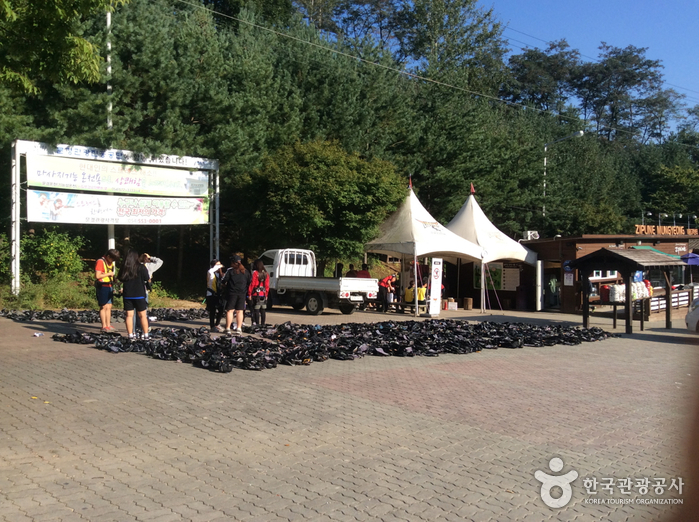
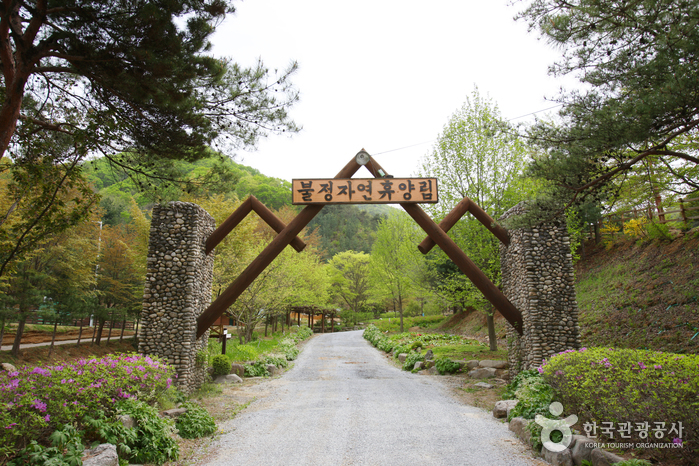
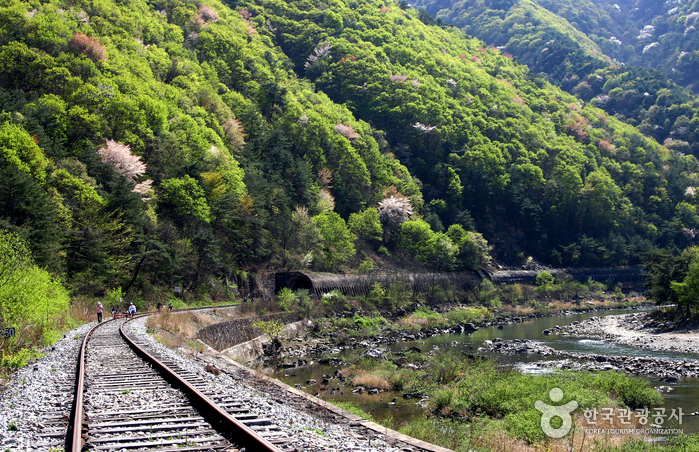

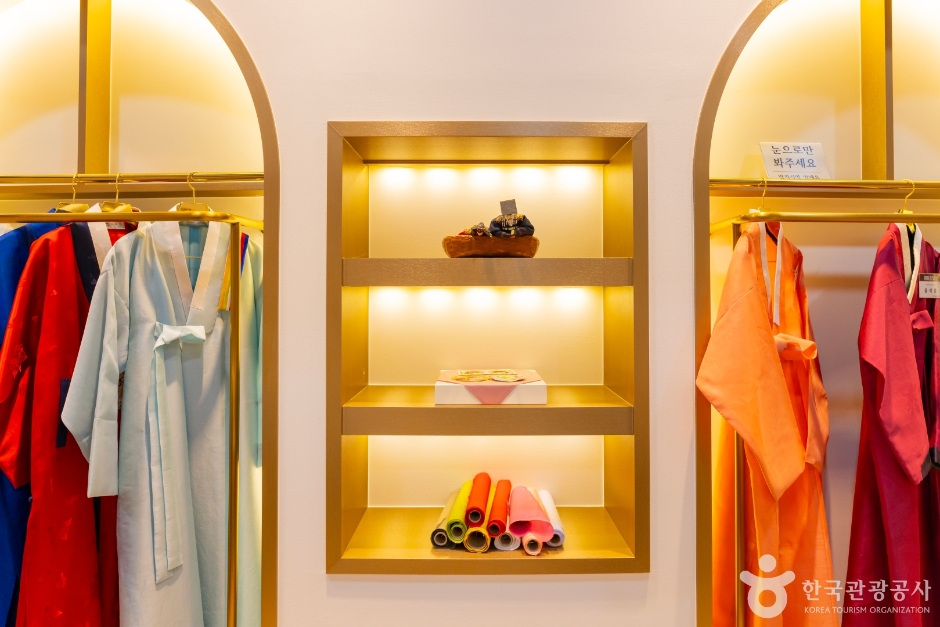
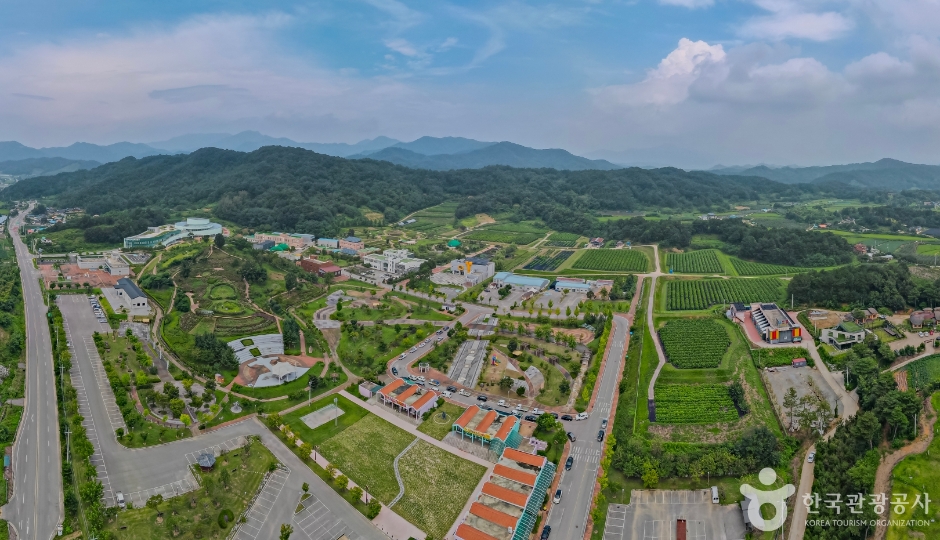
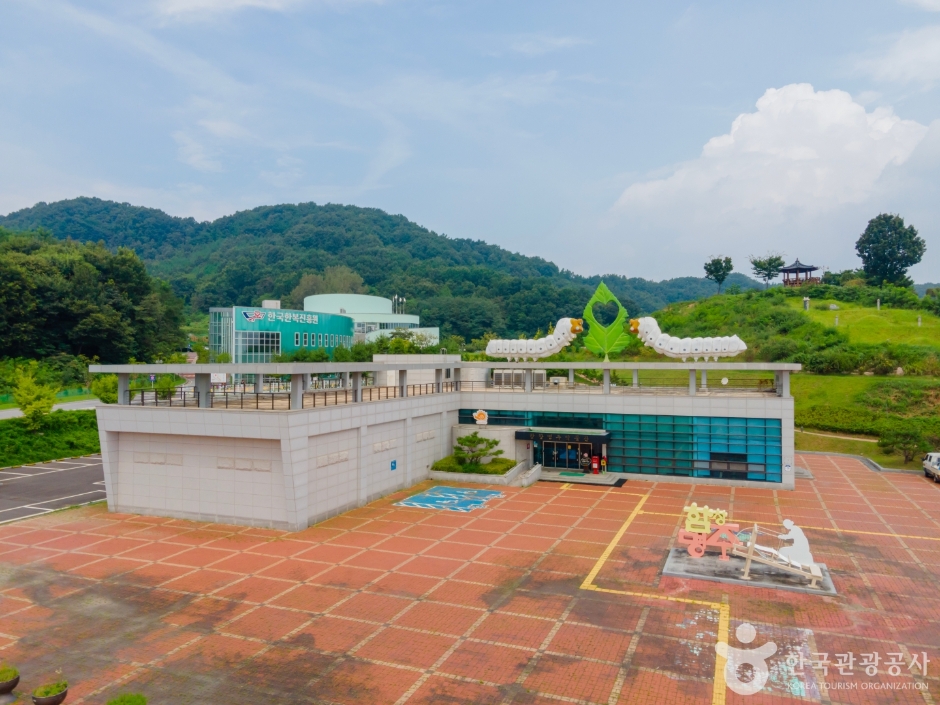
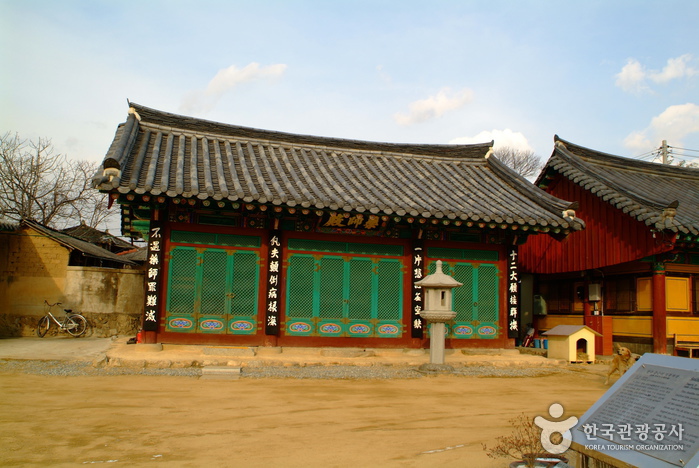
 English
English
 한국어
한국어 日本語
日本語 中文(简体)
中文(简体) Deutsch
Deutsch Français
Français Español
Español Русский
Русский